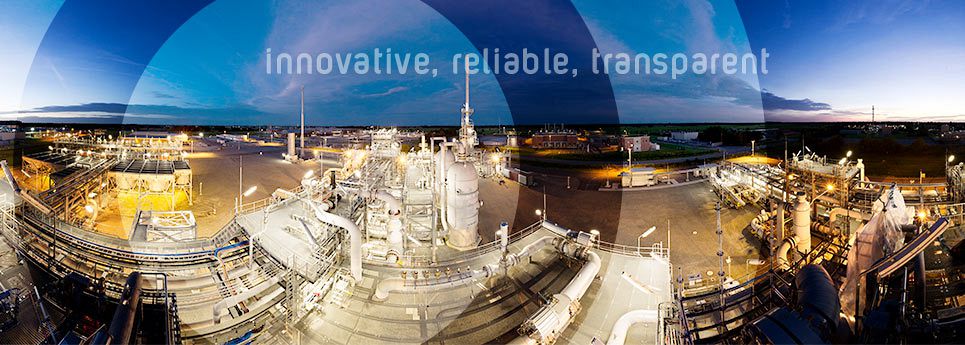Natural gas storage
Safe and flexible natural gas supply
Natural gas storage facilities constitute an important part of a safe and flexible natural gas supply. Not only do they secure the consistent availability of natural gas, e.g. in case of supply interruptions, but they also allow for buffering daily and seasonal supply and demand fluctuations on the natural gas markets.
There are two main types of underground natural gas storage facilities: caverns and pore storage facilities. Caverns are artificial cavities in naturally formed salt domes. In pore storage facilities, natural gas is stored in porous rock formations. In many cases, they are converted natural gas deposits. Pore storage facilities usually have larger capacities, thus guaranteeing the seasonal buffering of supply and demand. Caverns, on the other hand, can be filled and discharged more quickly, making them perfectly suited for buffering short-term fluctuations between supplied and demanded natural gas volumes.
Germany already has the largest storage capacities within the EU, and is ranked fourth globally, behind the USA, Russia, and the Ukraine. However, since natural gas output in Europe is declining, Europe - and in particular Germany - will be increasingly reliant on natural gas imports from even more remote sources in the future. Natural gas storage facilities here are the most important instrument for adapting the largely consistent supply volumes to fluctuating demand.





